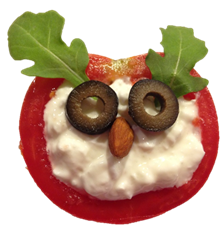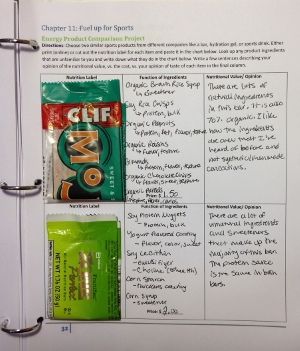
Have you ever noticed that kids love foods that look like things they recognize like animals, bugs, toys, people, etc.? It is fun to create cute snacks that kids like and that are safe and healthy for them too! For…
When teaching about the food groups in MyPlate I find it’s also important to explain the concepts of mixed foods, empty calories and nutrient dense foods. Junior high students are often confused as to what these terms actually mean. After…
For years I struggled with how to teach decision making more interactively. I wanted students to know and understand the process and be able to apply it to important decisions in their lives, but I also wanted an activity where students…
Timetoast.com is an easy to use and free web technology that allows your students to create interactive timelines for historical data, life events, stories and research projects. There are many opportunities to use it in the Family and Consumer Science classroom.

With the plethora of sports enhancing food items available, how does one know what to choose? Student athletes often use performance enhancing food products and often don’t know what they are really eating. This lesson helps students think critically about what performance enhancing products contain and their true nutritional value.
If we’ve heard it once we’ve heard it a thousand times…BREAKFAST is the most important meal of the day! Eating a healthy breakfast benefits us in many ways such as providing nutrients and energy, maintaining weight, boosting metabolism, and helping…